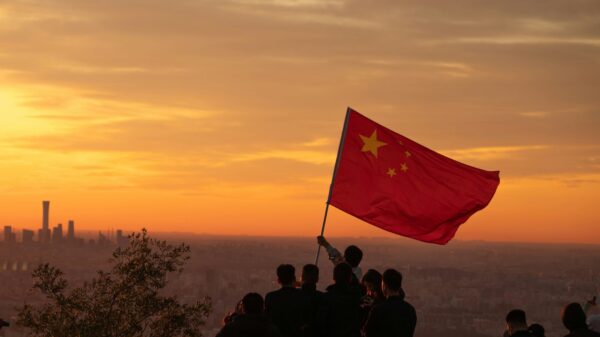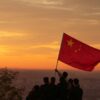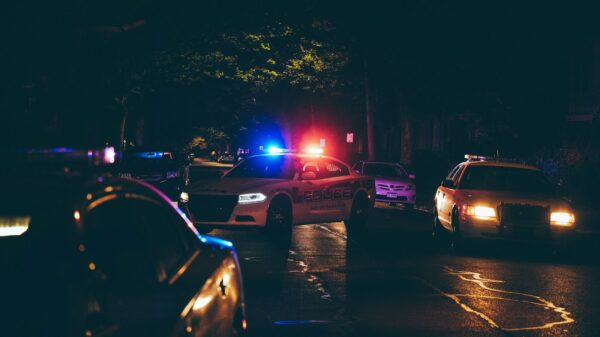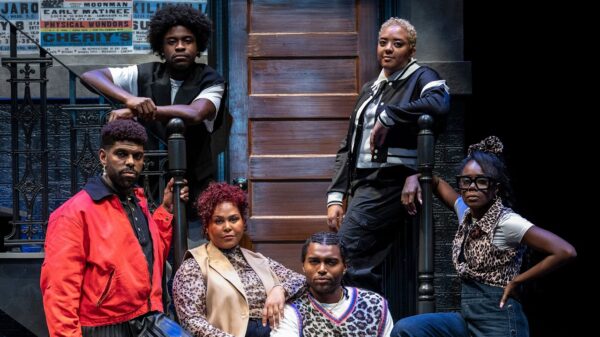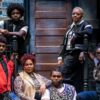By Paul Holston, Editor-in-Chief
September 15, 2016. I had the chance to jump on an opportunity to cover a panel discussion during the 2016 Congressional Black Caucus Foundation Annual Legislative Conference. Here I was, probably the only college journalist in the room, sitting in the front row, listening to the five people who were a part of the discussion entitled “The Movement: Reshaping the Criminal Justice System” at the Washington Convention Center in Washington, D.C.
Those five people were Tamika Mallory, anti-violence advocate and president of Mallory Consulting, Albert Woodfox, a former member of the Black Panther Party and a former prison inmate member of the Angola 3 who served 44 years in solitary confinement, Alicia Garza, co-founder of the Black Lives Matter network, Bobby Seale, co-founder of the Black Panther Party and Clint Smith, doctoral candidate in education at Harvard University.
To me, I was starkly surprised at the lack of media attendees covering this discussion. But it did not matter. I was there…and there was a reason I feel why I was there reporting.
[Black Panther, Angola 3, Black Lives Matter Discuss the Movement in 2016]
Throughout the interactive, 90-minute conversation that occurred topics discussed included mass incarceration, the commitment to Black liberation and overall, finding ways to support each other as Black people through the various movements today.
[50 Years After Founding of Black Panther Party, Some Members Still Locked Up As Political Prisoners]
While reporting, although I paid close attention to all the panelists in attendance, the person that I specifically paid the most attention to while being there was Mr. Bobby Seale, former chairman of the Black Panther Party for Self-Defense, who also just turned 80-years-old on October 22 (Happy Birthday Mr. Seale).
The first time hearing him speak in-person: He was sharp and assertive. I still felt that he might of had the same fire in him as he did in 1966 when he and Huey Newton co-founded the Black Panther Party of Self-Defense in Oakland, California.
After the discussion concluded, I took my time to walk towards him to greet. After he finished taking pictures and shaking hands to probably about 25-30 people, I walked up to him and introduced myself.
“Hello Mr. Seale, my name is Paul Holston, editor-in-chief of Howard University’s newspaper, The Hilltop. Just wanted to say it’s an honor to shake your hand and to speak with someone who has done and continues to do so much for our community.”
“Hello Mr. Holston, good to meet you,” Seale responded. He went on to ask about my role at The Hilltop, to which he said he recognized the name of the newspaper. I was glad that he even knew the name (haha) and gave him one of The Hilltop’s latest, print issues that we published earlier that morning.
We spoke for about maybe 15-20 minutes. He was reminiscing about where he was 50 years ago with Huey, talked about what he would be doing in the near future as he would be reaching 80-years-old, and also informed me that 2016-2017 marked “The Year of The Panther.”
I also was able to meet one of his colleagues, Mr. Omar Barbour, business manager of the National Alumni Association of the Black Panther Party (NAABPP). I had briefly heard about the NAABPP previously, but did not know at the time of where it was today in 2016.
According to it’s official website, the purpose of the NAABPP is to promote and sustain the legacy of the Black Panther Party, to provide information, resources and linkages to advance and promote community organizing, to support social and criminal justice, youth development, education initiatives, advocacy and programs. The site continues stating that NAABPP will create resource development strategies to support ongoing and future programs and projects; and to contribute to advancing the work and support of incarcerated individuals and affected families.
After that meeting with both Mr. Seale and Mr. Barbour, something in me felt the need to decide whether or not to come to Oakland for their Official Commemoration and Celebration of the BPP’s 50th Anniversary. The event itself coincidentally fell during the same weekend as Howard’s 2016 Homecoming, to which I had to make a difficult decision: Either stay at Howard, or go to Oakland, California.
I spoke with a few of my friends and family members about the decision, having ultimately deciding to prepare to fly to Oakland.
This year, I’ve been finding myself to become a bit more radical in the way that I walk, the way that I talk, and the way that I move these days. Maybe it’s because of what I see everyday in the media: Whether watching the news on television, listening to the news on the radio, or reading the news in newspapers of what all is happening across the country. But something in me this year has sparked a calling that is my time to act.
Maybe I feel that for my generation, we must answer the question Mr. Barbour asked me before I came to Oakland: “What is our revolutionary act?” One thing is for sure: You never know how the people you meet and speak with throughout your life affect you in some sort of way.
In speaking with Mr. Seale, Mr. Barbour, and some of the other former Black Panther Party members related to the commemoration, the discussions I’ve had with these individuals told me one very, important fact: The Black Panther Party for Self-Defense is alive, but the struggle continues.
And that is why I came to Oakland…to continue to tell their story.


